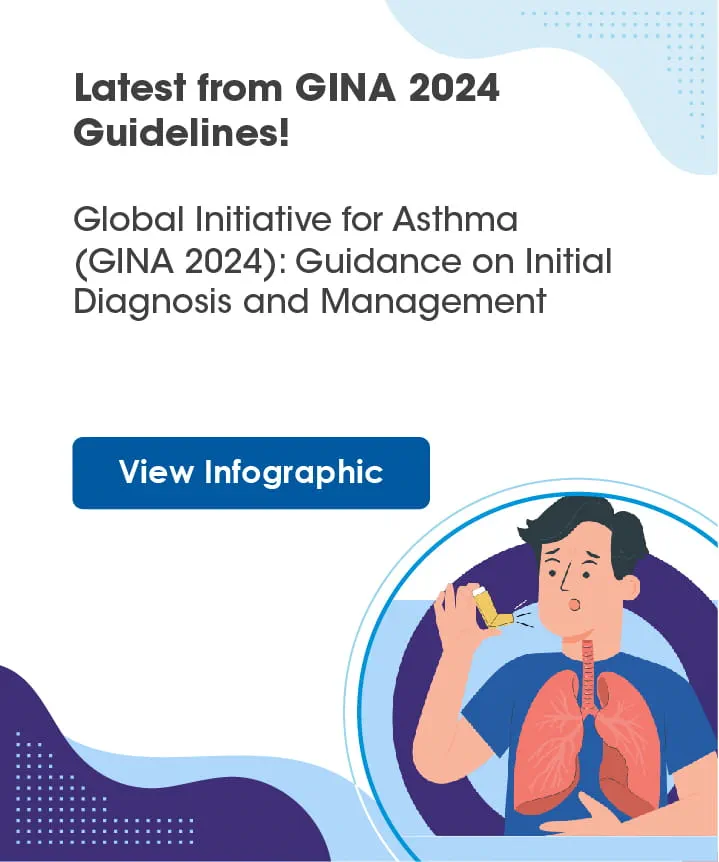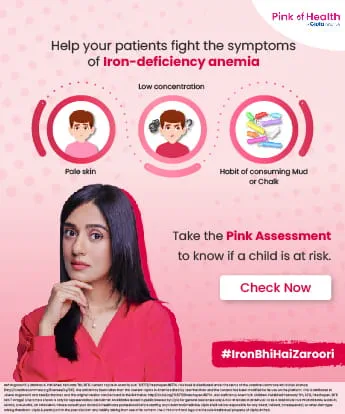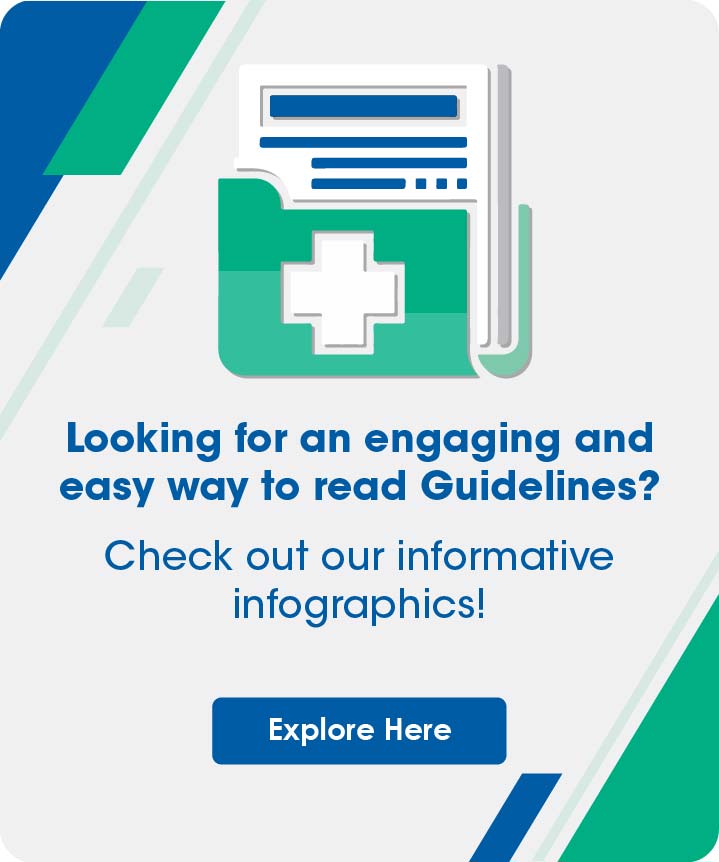Hey there! Welcome!
Get updated on
Select Speciality
Top Picks
16 Oct, 24 EADV 2024
EADV 2024
Key session presented at the European Academy of Dermatology and Venereology (EADV) Congress 2024, 25-28th September 2024, Amsterdam, Netherlands
16 Oct, 24 EADV 2024
EADV 2024
Key session presented at the European Academy of Dermatology and Venereology (EADV) Congress 2024, 25-28th September 2024, Amsterdam, Netherlands
21 Oct, 24 Cardiovasc Diabetol....
Cardiovasc Diabetol....
A nationwide study in Taiwan found that GLP-1RAs & SGLT2is could potentially reduce the risk of developing non-alcoholic fatty liver disease (NAFLD) and non-alcoholic steatohepatitis (NASH) in T2D patients. Among over 621,000 patients, researchers found an overall low incidence of NAFLD/NASH at 2.7 cases per 1,000 person-years. Higher cumulative doses of SGLT2is were linked to a noteworthy risk reduction (OR, 0.61).
21 Oct, 24 Clin Exp Dermatol.
Clin Exp Dermatol.
Individuals with atopic dermatitis (AD) were 1.49 times more likely to have bipolar disorder (BPD) compared to those without the skin condition, claimed a new study. Researchers noted that 7.8% of the patients with AD also had bipolar disorder (BPD), compared to just 4.6% of those without (p<.001). Even after controlling for factors like age, sex, and race, the association remained significant (OR 1.49).
21 Oct, 24 J Am Heart Assoc.
J Am Heart Assoc.
The latest findings from the Global Burden of Disease Study 2019 reported an increased global incidence of nonrheumatic valvular heart disease (NRVD) from 1990 to 2019, with a 0.39% growth each year. Women & seniors were found to be at greater risk; high-sociodemographic index countries reported the highest age-standardized incidence & mortality rates, high SBP was the most predominant risk factor.
21 Oct, 24 Osteoporos Int.
Osteoporos Int.
A new study found that low handgrip strength (HGS) and dependent gait predicted one-year mortality in older adults with fragility hip fractures. Among the patients, 71.4% had low HGS, associated with older age, poorer functional and cognitive status, and higher comorbidity. The one-year mortality rate was 42.2% for those with low HGS, compared to 8.3% for those with normal HGS underscoring the need of early intervent...
23 Sep, 24
Featured
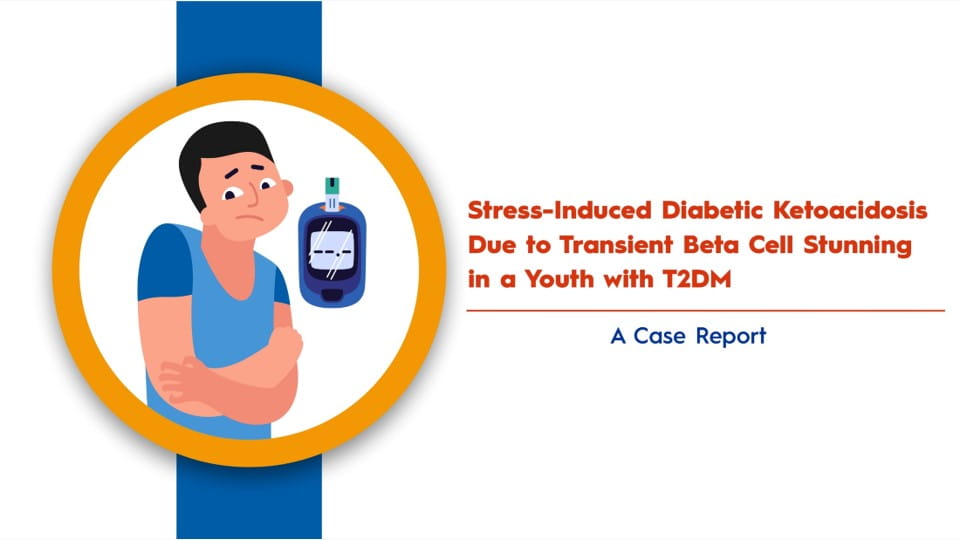
17 Oct, 24
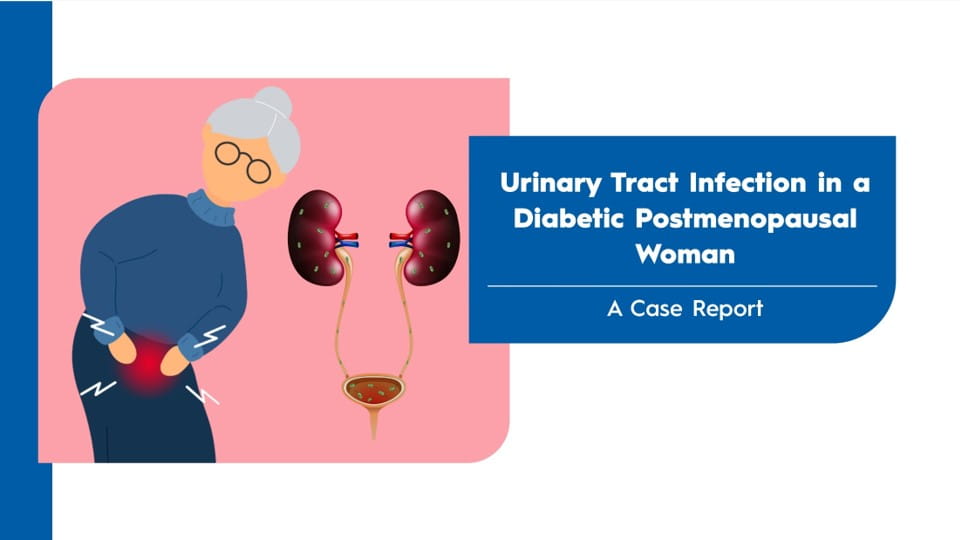
3 Oct, 24
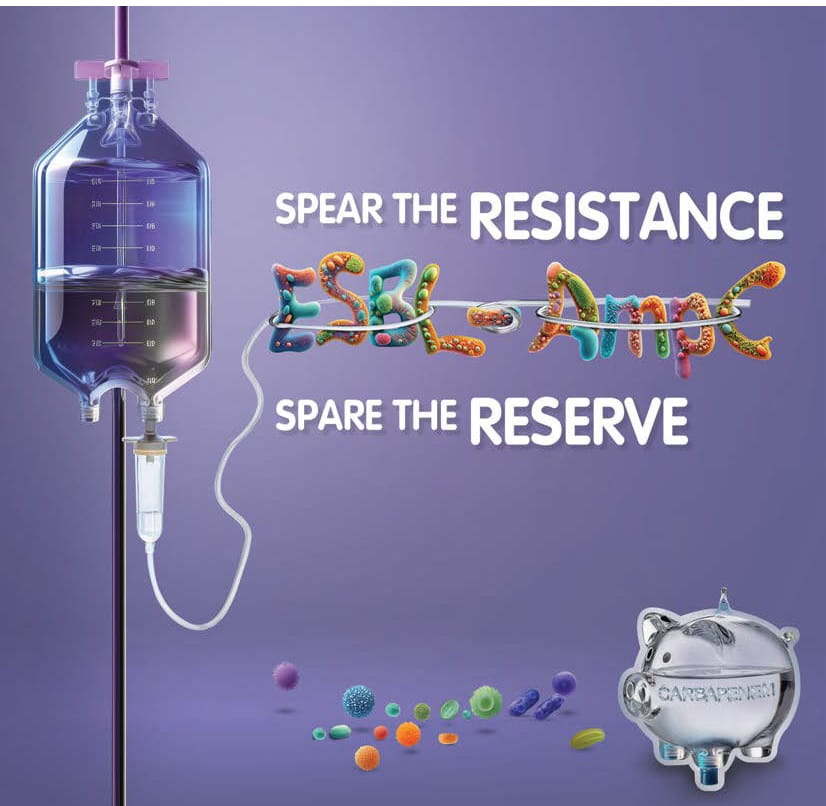
25 Sep, 24

.svg?iar=0&updated=20230109065058&hash=B8F025B8AA9A24E727DBB30EAED272C8)








